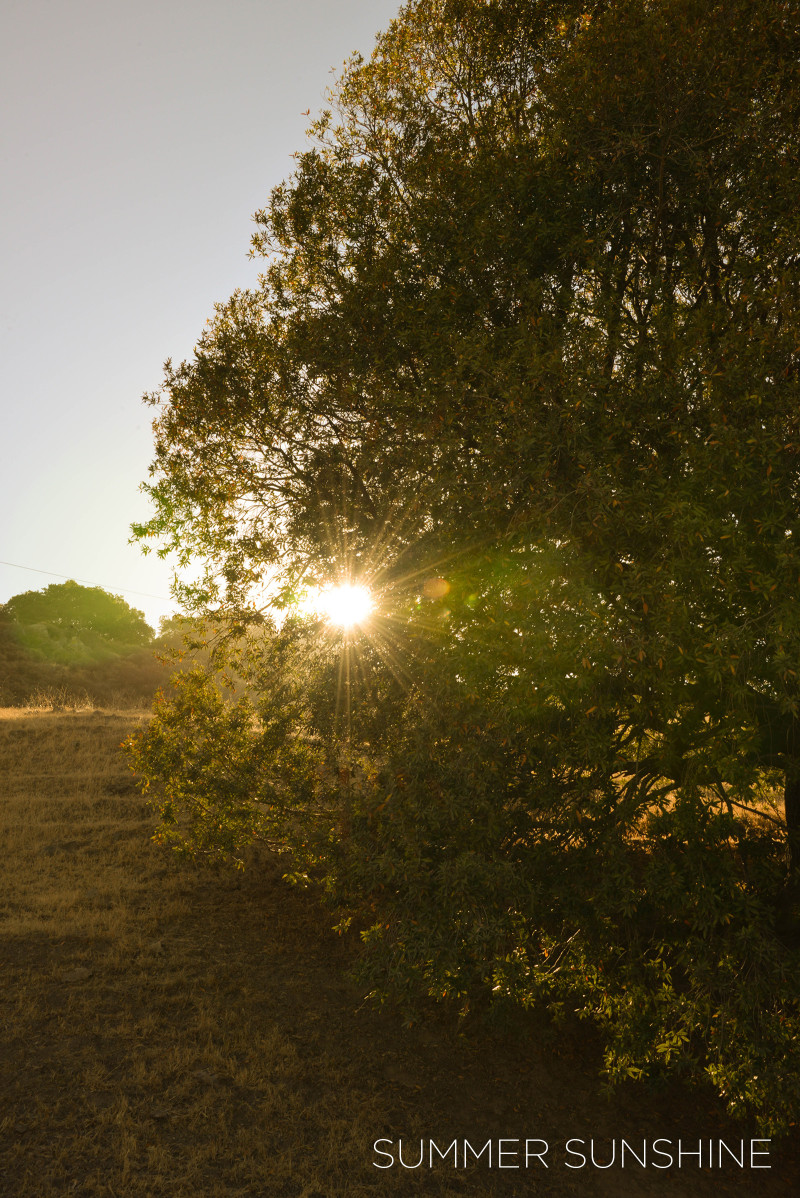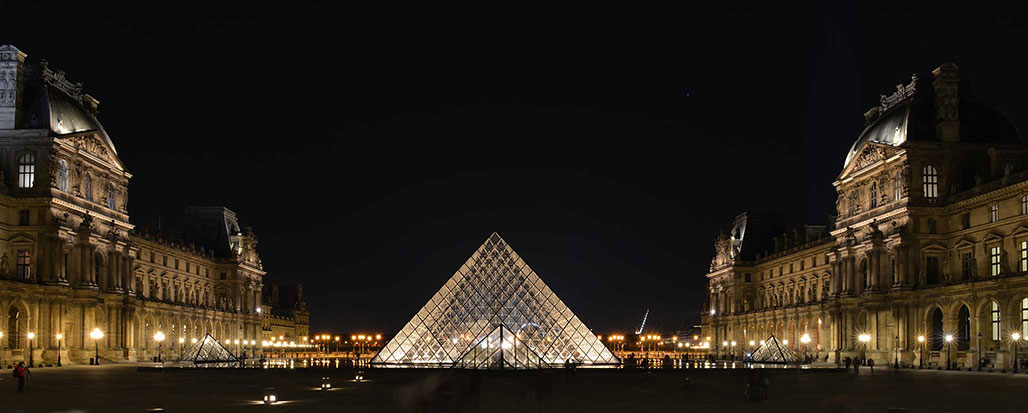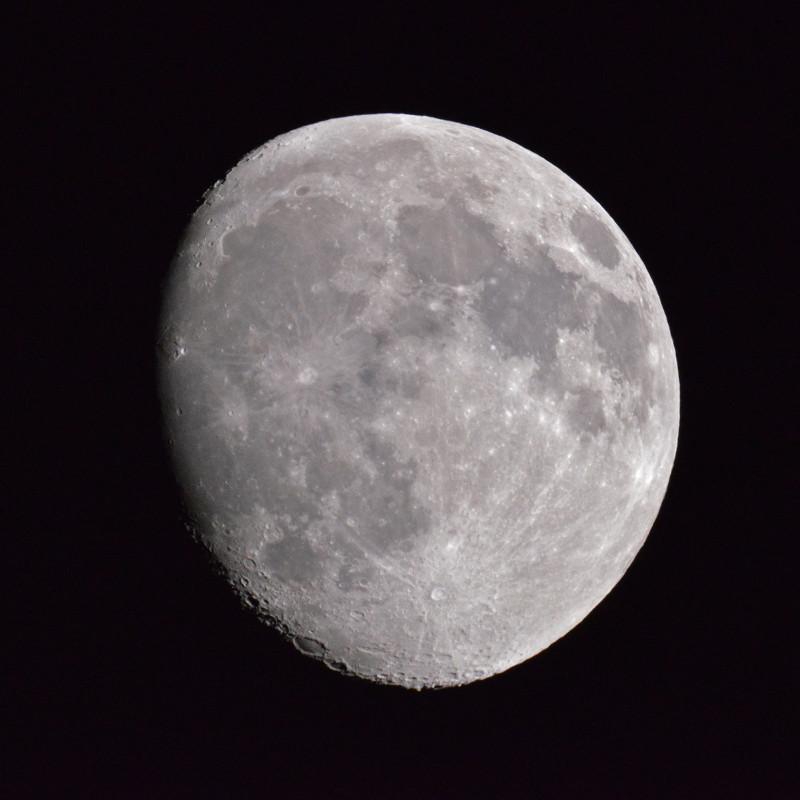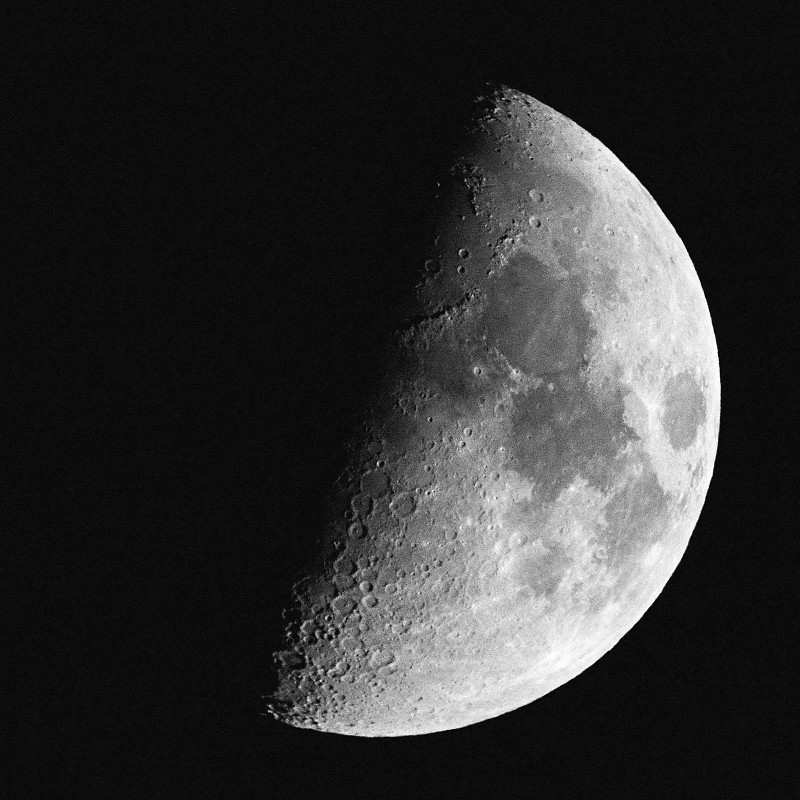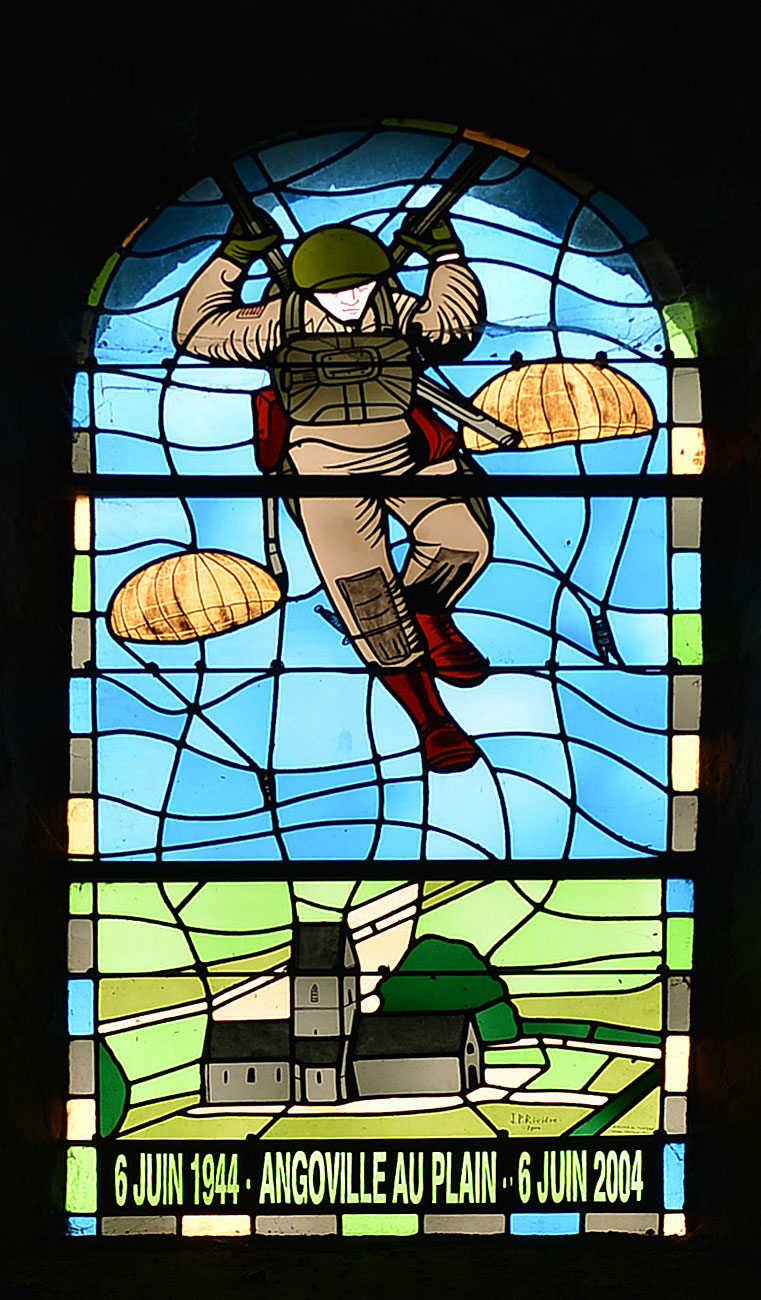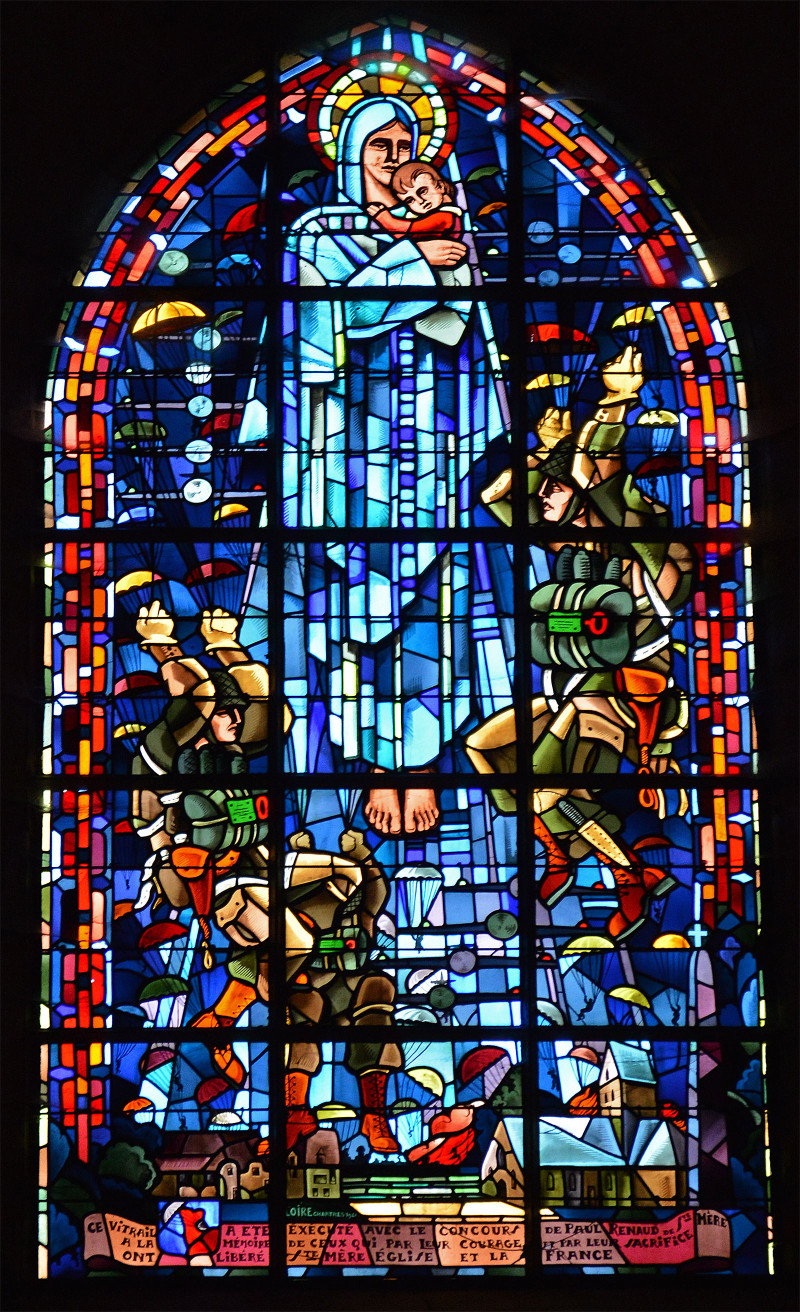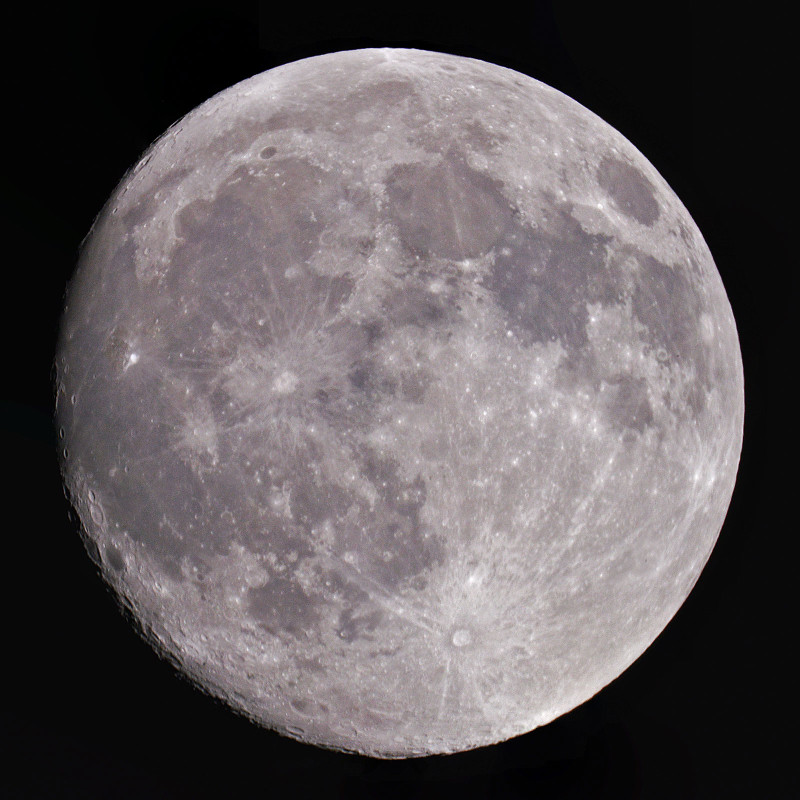I’ve been meaning to visit the Elizabeth F. Gamble Garden Center for a few weeks now, and finally found a few spare hours this morning. My last visit was in November when Gamble Garden had different flowers in bloom.
I love the serendipitous aspect of macro photography. Some elements, like the micro beads of water on the edge of the petal, were invisible in real life. I did not notice them until I viewed the photo at 100%.
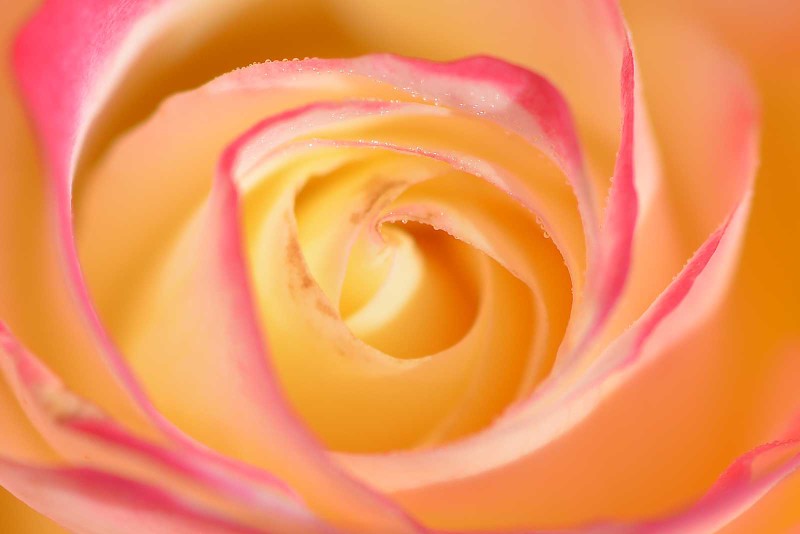
Nikon D800, AF-S VR Micro-Nikkor 105mm f/2.8G IF-ED, ISO 100, 105mm, 0 EV, f/4.5, 1/800s
I find flowers like this to be absolutely mesmerizing. When drawing a flower, the inner part may be reduced to a simple circle, but when we look at the photograph, we can see the individual structures that compose the center of this flower.
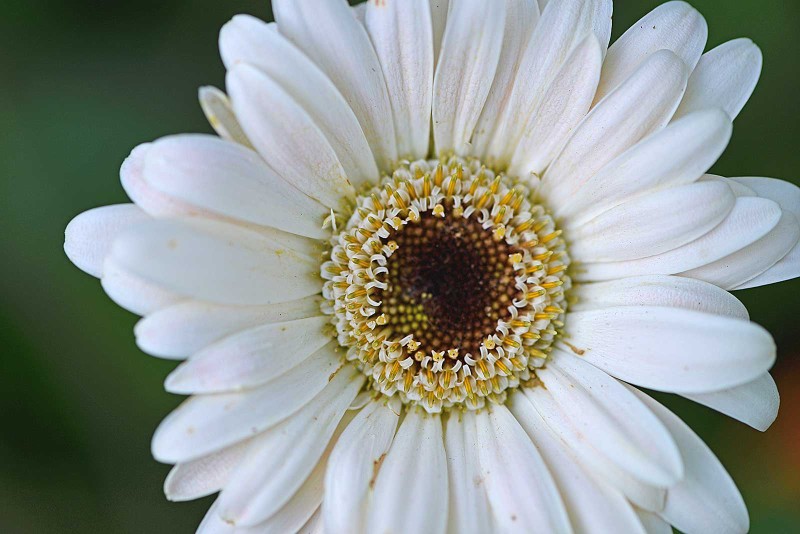
Nikon D800, AF-S VR Micro-Nikkor 105mm f/2.8G IF-ED, ISO 100, 105mm, 0 EV, f/4.5, 1/800s
The inside of this flower reminds me of a lotus.
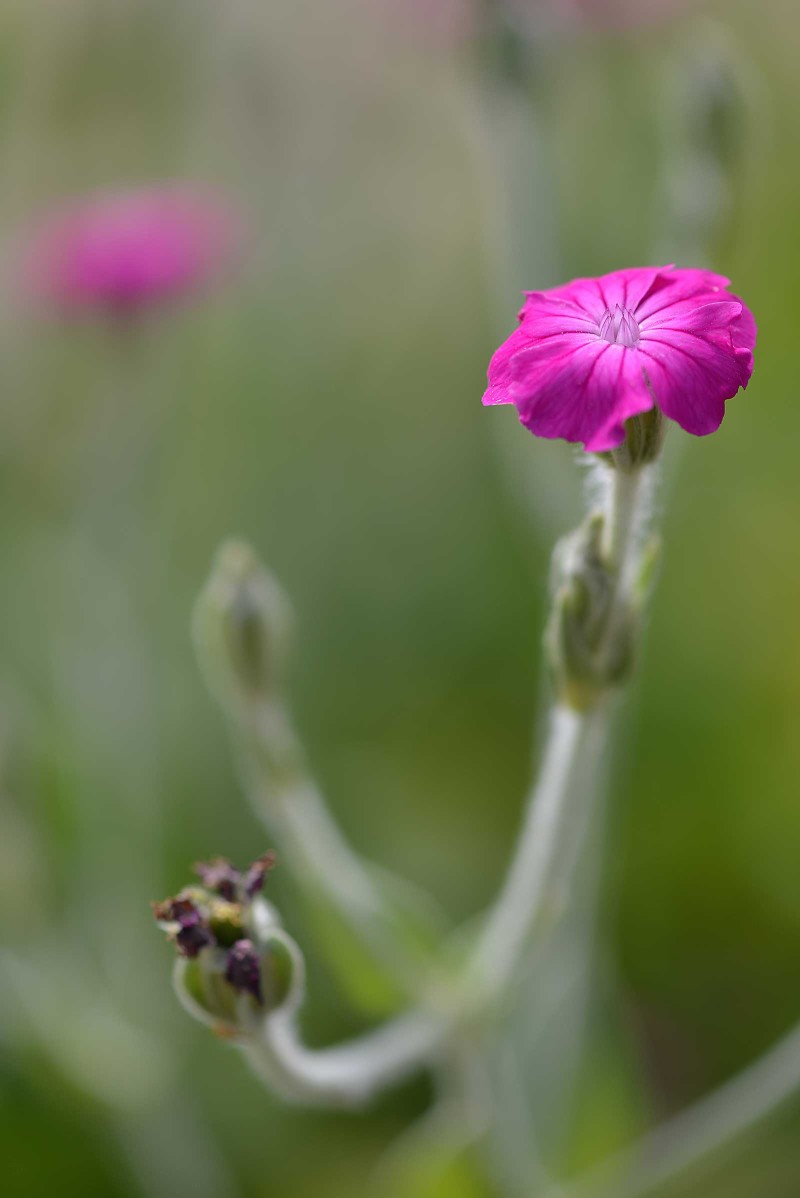
Nikon D800, AF-S VR Micro-Nikkor 105mm f/2.8G IF-ED, ISO 100, 105mm, 0 EV, f/4, 1/800s
See if you can find the ant.
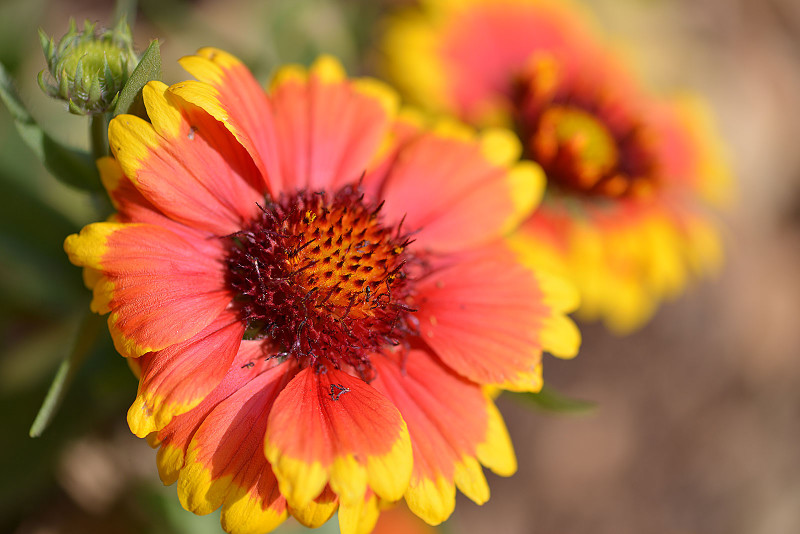
Nikon D800, AF-S VR Micro-Nikkor 105mm f/2.8G IF-ED, ISO 100, 105mm, 0 EV, f/4, 1/800s
I thought this was a fennel or dill plant.
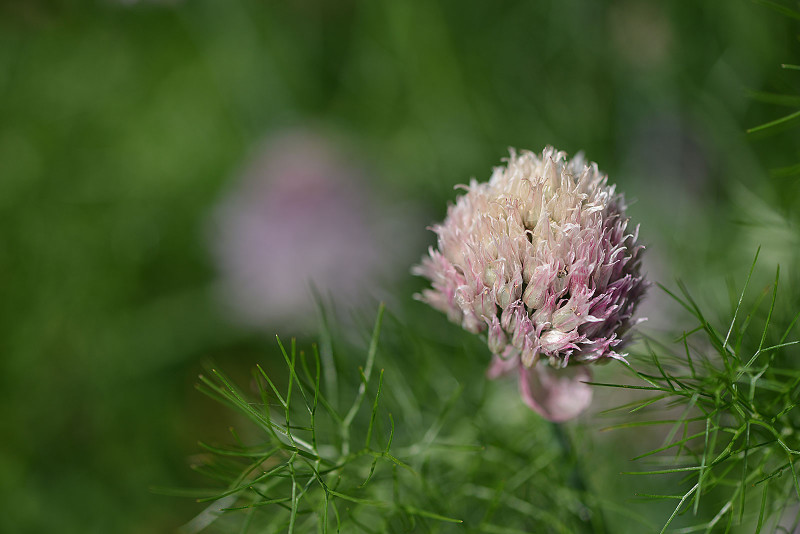
Nikon D800, AF-S VR Micro-Nikkor 105mm f/2.8G IF-ED, ISO 100, 105mm, 0 EV, f/4.5, 1/800s
The poppies were in bloom. These flowers attracted a lot of honeybees and bumblebees.
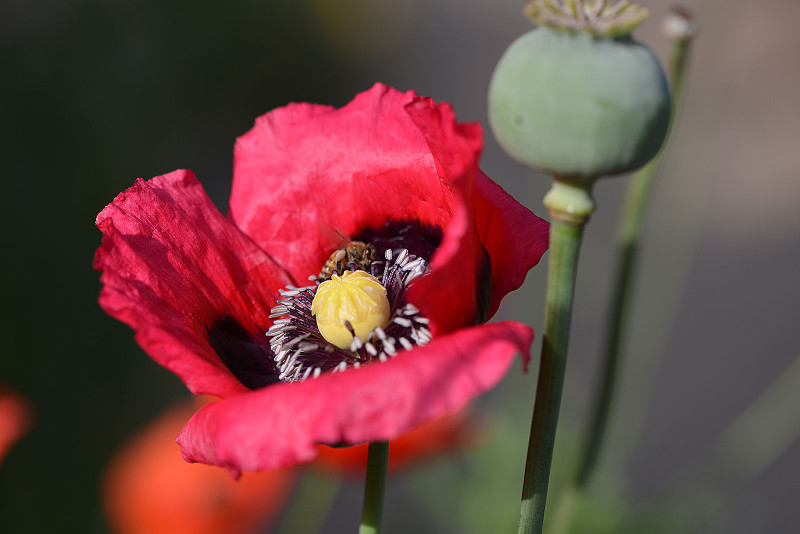
Nikon D800, AF-S VR Micro-Nikkor 105mm f/2.8G IF-ED, ISO 100, 105mm, 0 EV, f/4.5, 1/800s
